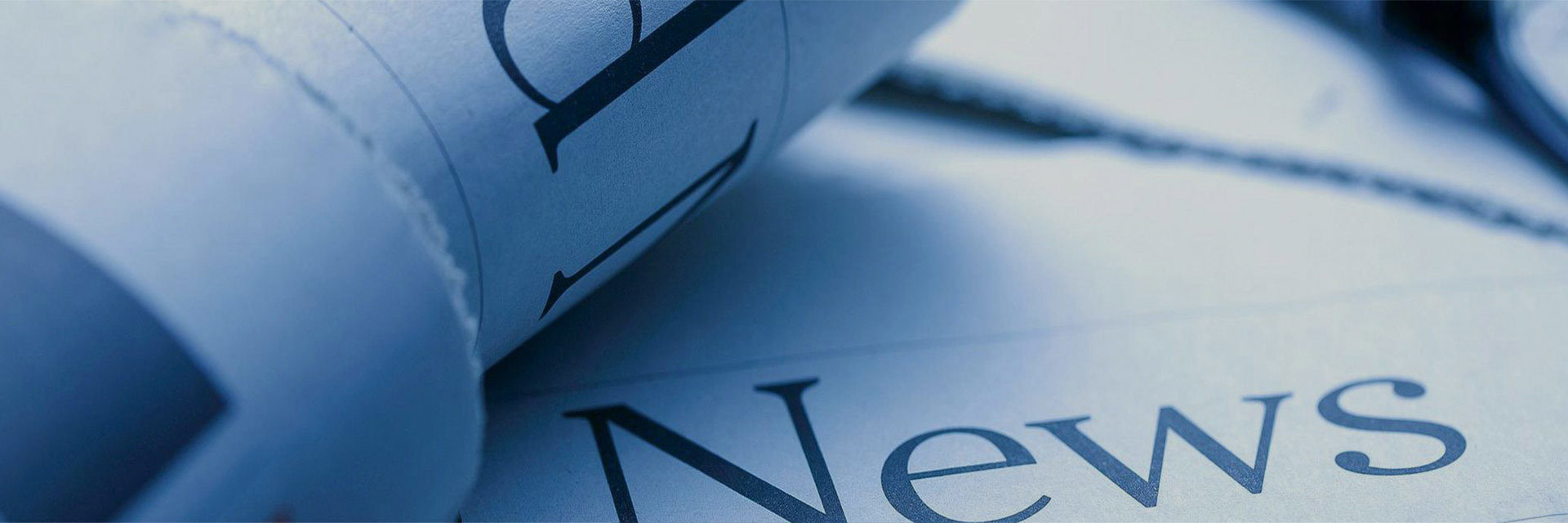Choosing the Right Rubber Liners for Specific Applications: A Comprehensive Guide
Release time:
2025-07-18
Choosing the Right Rubber Liners for Specific Applications Rubber liners play a pivotal role in numerous industrial applications, acting as protective barriers against wear, corrosion, and impact. Starting from the food industry to heavy-duty mining, the right rubber liner can significantly enhance operational efficiency and reduce maintenance costs. This article explores the essential factors to

Choosing the Right Rubber Liners for Specific Applications
Rubber liners play a pivotal role in numerous industrial applications, acting as protective barriers against wear, corrosion, and impact. Starting from the food industry to heavy-duty mining, the right rubber liner can significantly enhance operational efficiency and reduce maintenance costs. This article explores the essential factors to consider when selecting rubber liners and provides detailed insights into various applications.
Understanding Rubber Liners: An Overview
Rubber liners are protective coatings made from high-quality rubber compounds. They are used in equipment and structures where protection from abrasion, corrosion, and chemical attack is necessary. The selection of the appropriate rubber liner is crucial for ensuring durability, performance, and safety in specific applications.
Types of Rubber Liners
Rubber liners come in various types, each designed for specific environments and applications. Understanding the different types is essential for making an informed choice.
Natural Rubber Liners
Natural rubber liners are known for their excellent elasticity, resilience, and tensile strength. They are ideal for applications where flexibility and shock absorption are required, such as in mining and aggregate processing.
Synthetic Rubber Liners
Synthetic rubber liners, such as neoprene and EPDM, offer superior resistance to heat, chemicals, and ozone. These liners are suitable for industries like chemical processing, where exposure to harsh substances is common.
Vulcanized Rubber Liners
Vulcanized rubber liners undergo a chemical process that enhances their durability and strength. They are perfect for heavy-duty applications, including industrial machinery and waste handling.
Benefits of Using Rubber Liners
The advantages of rubber liners extend beyond simple protection. Here are some key benefits:
- **Abrasion Resistance**: Rubber liners effectively absorb impacts and reduce wear on equipment.
- **Corrosion Protection**: They provide a barrier against corrosive substances, prolonging the life of machinery.
- **Noise Reduction**: Rubber has sound-dampening properties, making it ideal for environments where noise reduction is essential.
- **Safety**: Rubber liners can prevent accidents by providing a non-slip surface in critical areas.
Factors to Consider When Choosing Rubber Liners
Selecting the right rubber liner requires careful consideration of several factors. Below are some crucial elements that can influence your decision.
1. Type of Material Being Handled
Understanding the material that the rubber liner will come into contact with is fundamental. Different materials may require specific rubber compounds to withstand abrasion and chemical attack.
2. Temperature and Environmental Conditions
Rubber liners must be able to endure the temperature and environmental conditions of their application. For instance, high temperatures necessitate the use of heat-resistant rubber.
3. Thickness and Weight
The thickness and weight of the rubber liner can impact its performance and durability. Thicker liners typically offer better protection but may add weight to the equipment.
4. Installation Process
The installation process is critical to the longevity of the rubber liner. Consider whether the liner can be easily applied to the equipment and whether it requires specialized skills or tools.
5. Cost and Budget Considerations
While it may be tempting to opt for the cheapest option, investing in high-quality rubber liners can save money in the long run by reducing maintenance and replacement costs.
Common Applications of Rubber Liners
Rubber liners are employed across various industries due to their adaptability and effectiveness. Here are some common applications:
A. Mining and Quarrying
In the mining industry, rubber liners are used for chutes, hoppers, and tanks to minimize wear and tear from abrasive materials. They help in the efficient transport of materials while reducing noise levels.
B. Chemical Processing
Rubber liners are vital in chemical processing plants for protecting tanks and pipes from corrosive substances. Specially formulated synthetic rubbers are often used to ensure longevity and safety.
C. Food Processing
In food processing environments, rubber liners provide a hygienic and safe barrier. They are easy to clean, non-toxic, and can withstand thermal cycling during processing.
D. Water Treatment Facilities
Water treatment facilities utilize rubber liners to protect tanks and pipes from wear caused by water flow and chemical treatments. They help maintain the integrity of water systems.
Installation Tips for Rubber Liners
A successful installation is key to maximizing the benefits of rubber liners. Follow these tips to ensure proper installation:
1. Surface Preparation
Ensure the surfaces to be lined are clean, dry, and free from contaminants such as oil and grease. Proper preparation enhances adhesion and longevity.
2. Correct Adhesive Selection
Choose an adhesive that is compatible with both the rubber liner and the substrate material. This will ensure a strong bond that can withstand operational stresses.
3. Follow Manufacturer Guidelines
Always adhere to the manufacturer's installation instructions for optimal performance. This includes recommended curing times and environmental conditions.
4. Regular Inspection and Maintenance
After installation, conduct regular inspections to identify any wear or damage. Early detection can prevent costly repairs or replacements.
Frequently Asked Questions (FAQs)
1. How long do rubber liners typically last?
The lifespan of rubber liners varies depending on the application, environment, and maintenance. Generally, they can last anywhere from 5 to 15 years with proper care.
2. Can rubber liners be repaired if damaged?
Yes, minor damage to rubber liners can often be repaired using specialized adhesives or patches. However, extensive damage may require full replacement.
3. Are there eco-friendly rubber liner options available?
Yes, some manufacturers offer eco-friendly rubber liners made from recycled materials or bio-based compounds, providing sustainable solutions for various applications.
4. How do I choose between natural and synthetic rubber liners?
The choice between natural and synthetic rubber liners depends on the specific application requirements, including exposure to chemicals, temperature, and abrasion levels.
5. What is the cost range for rubber liners?
The cost of rubber liners can vary widely based on material type, thickness, and application. Generally, prices can range from $5 to $30 per square foot.
Conclusion
Choosing the right rubber liners for specific applications requires careful consideration of various factors, including material composition, environmental conditions, and application needs. By understanding the types and benefits of rubber liners, as well as installation and maintenance best practices, industries can enhance their operational efficiency while ensuring safety and durability. Investing in the right rubber liners not only protects equipment but also contributes to long-term cost savings and improved productivity.
Key word:
Rubber liners
Recommended



